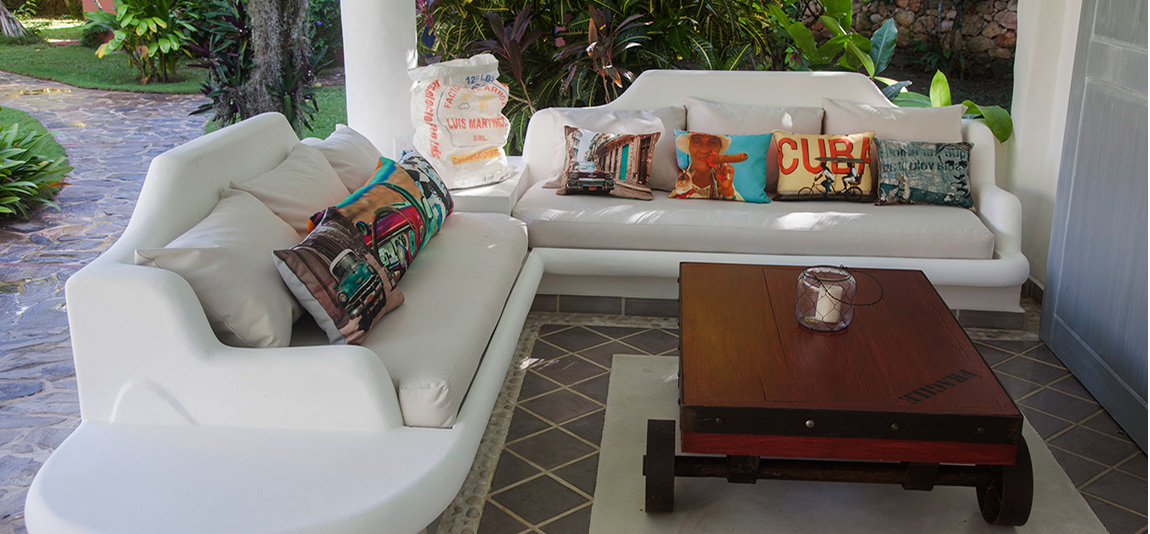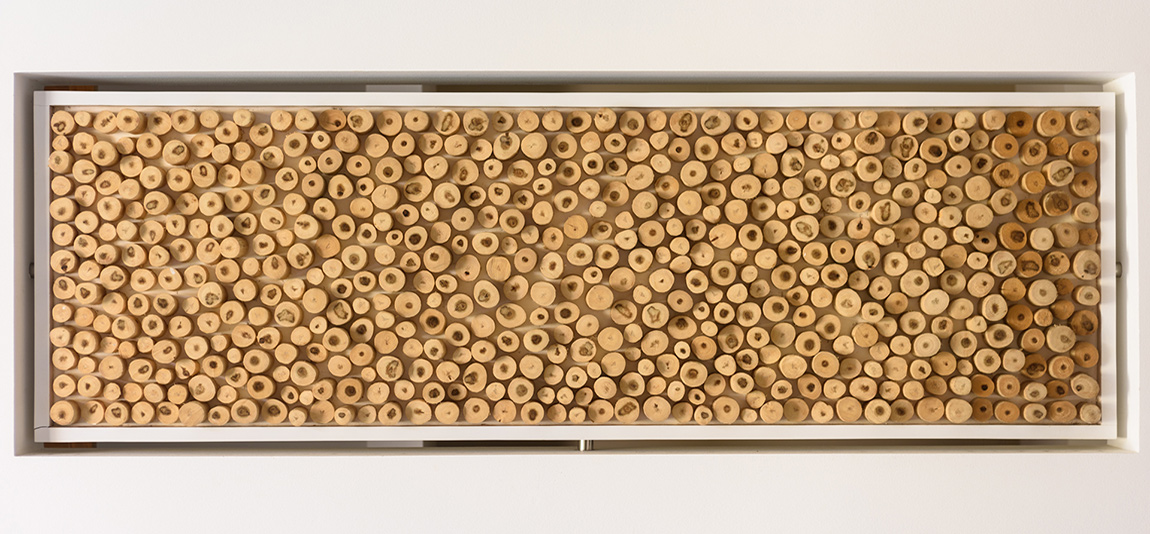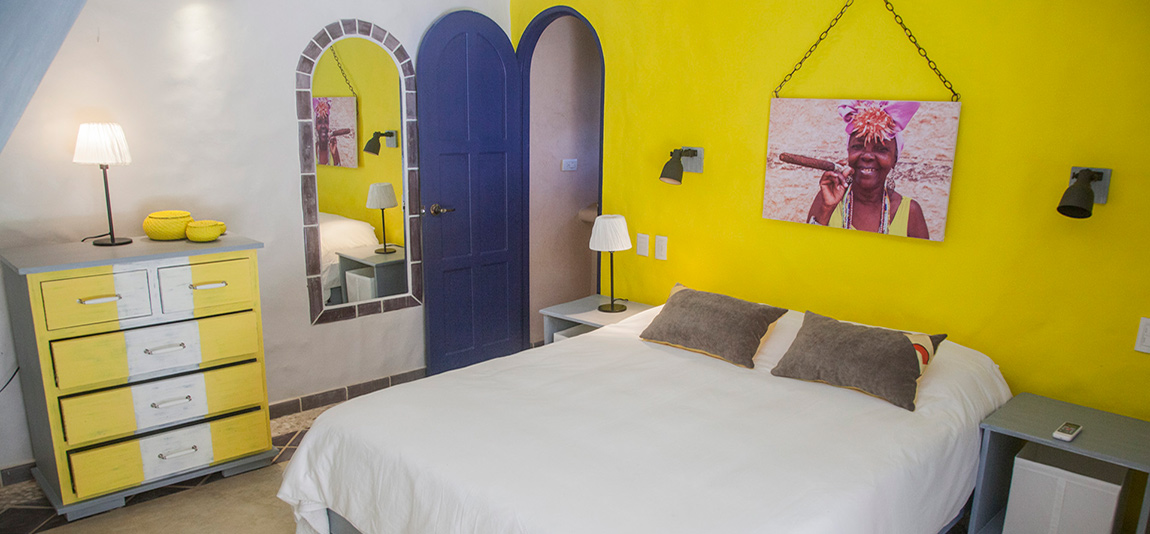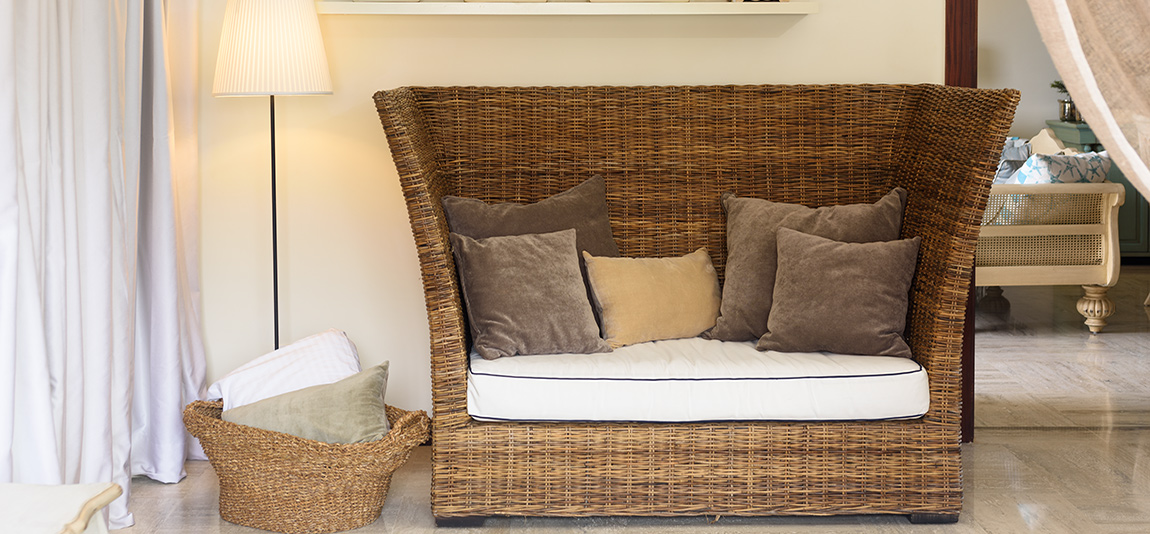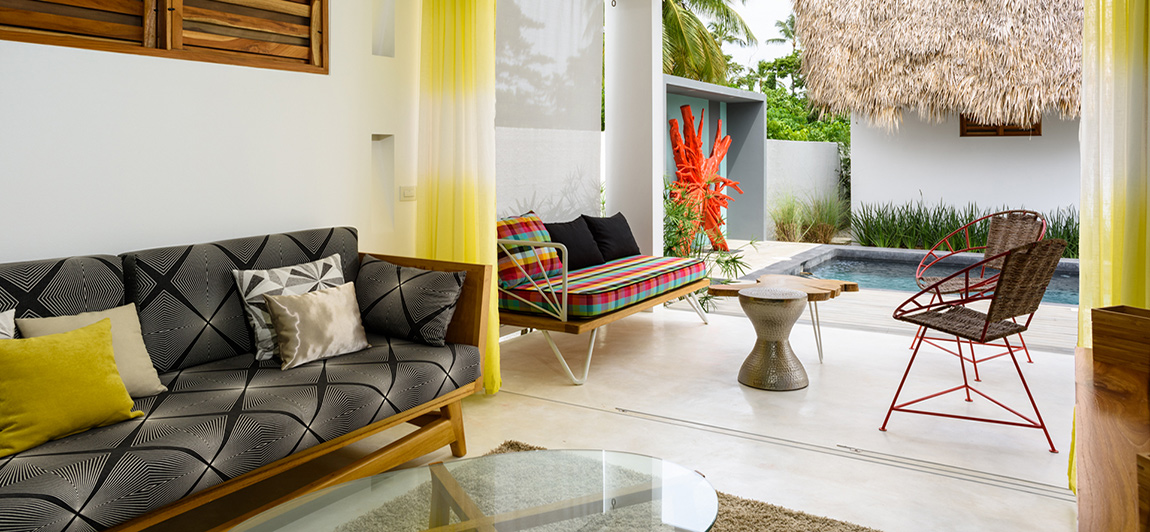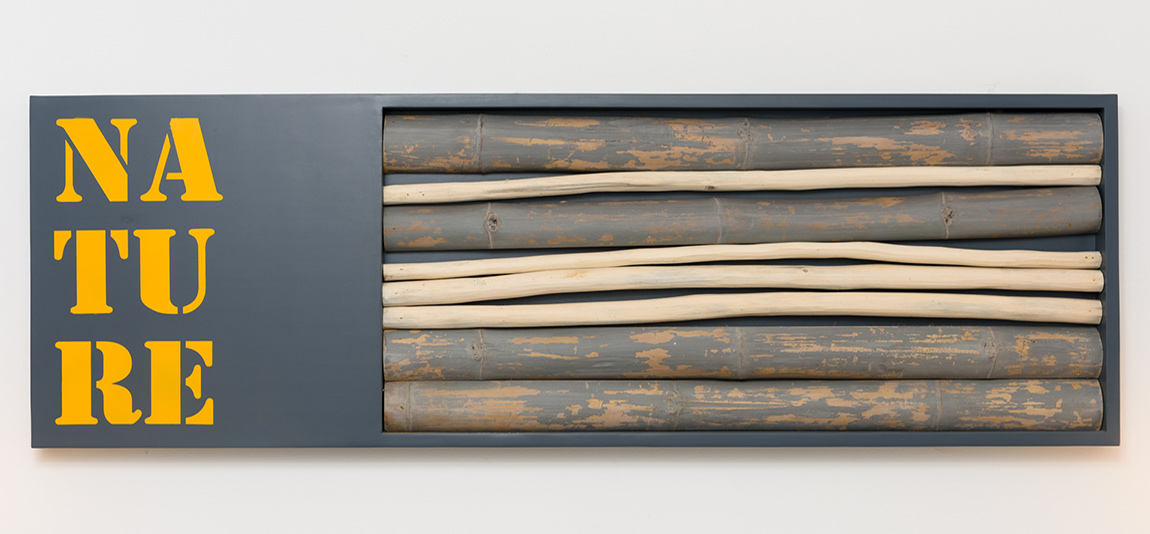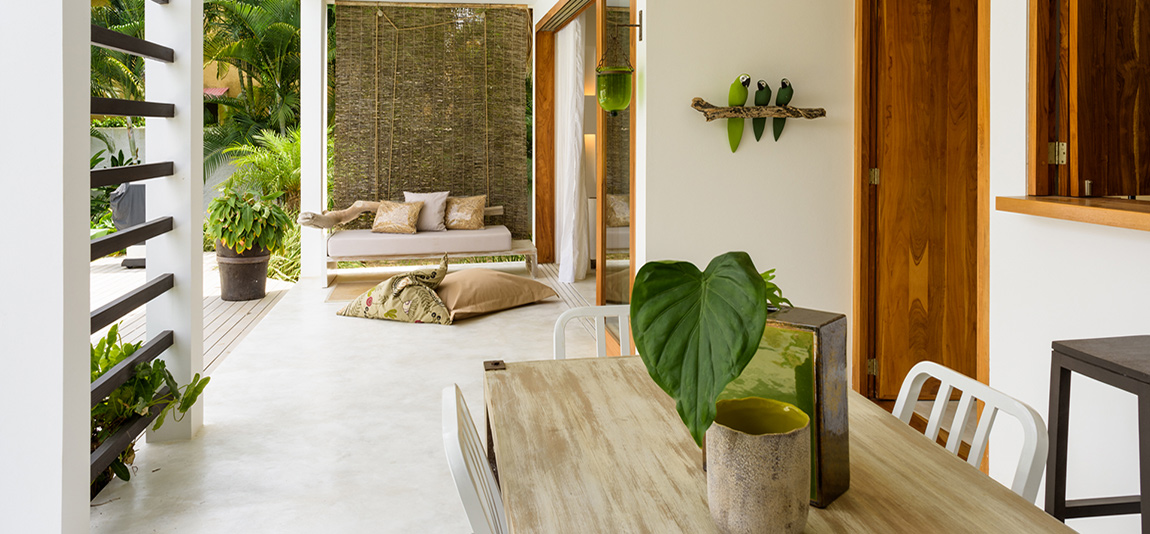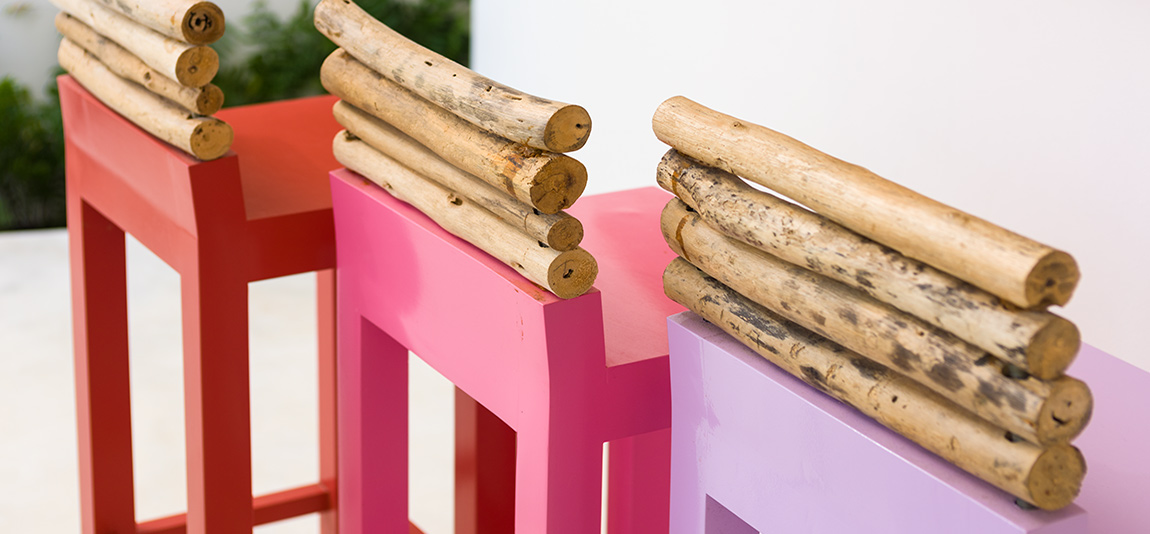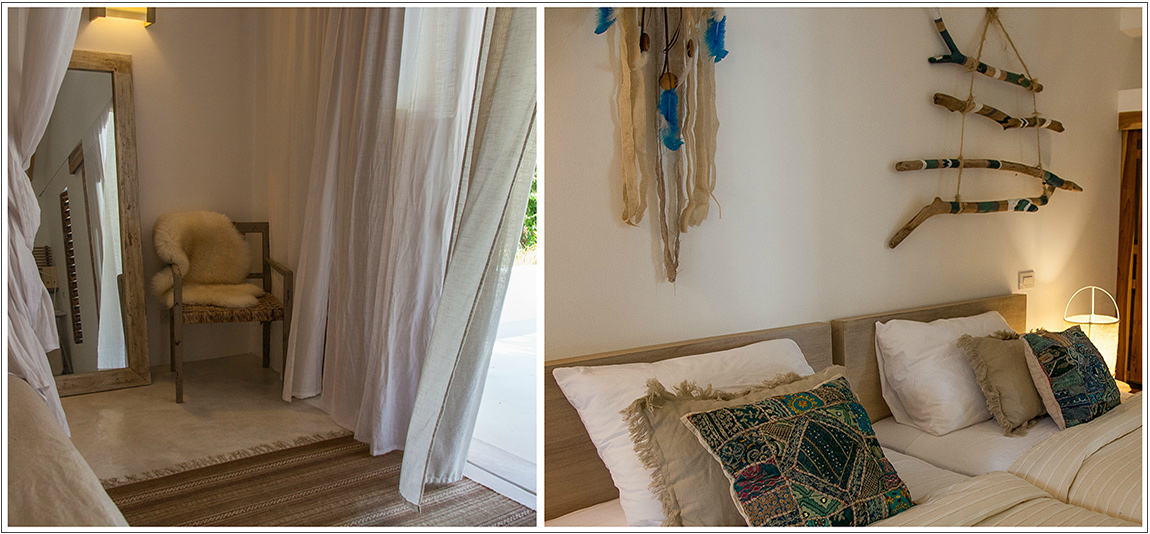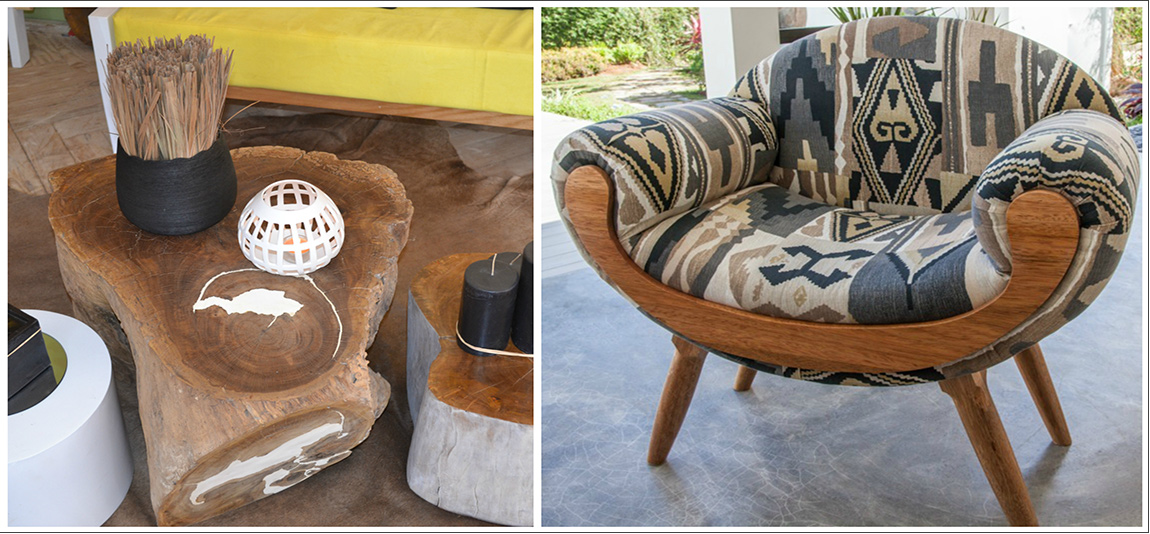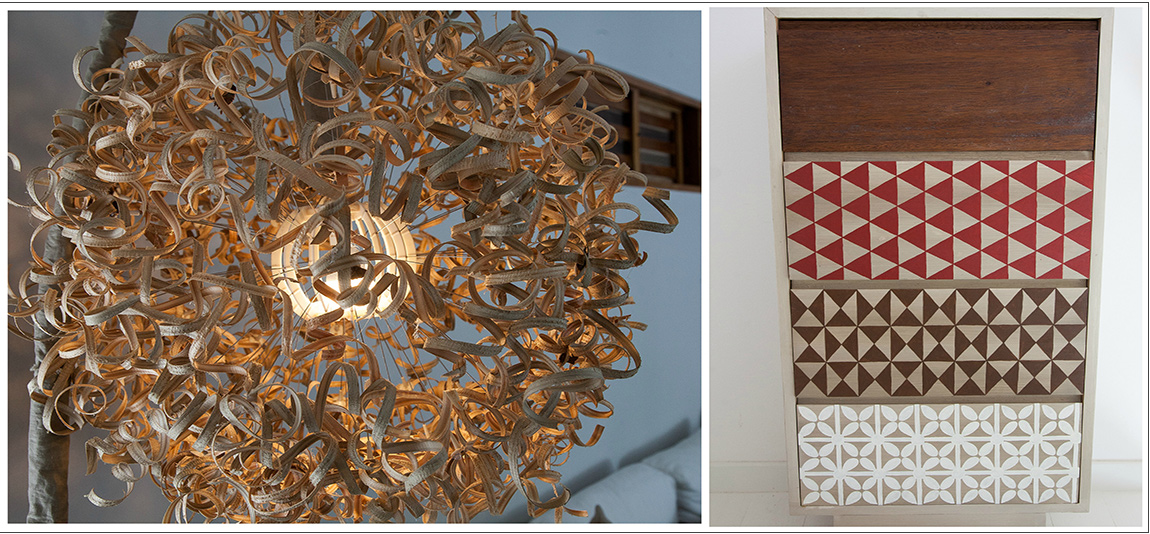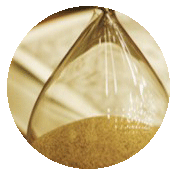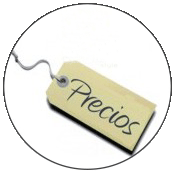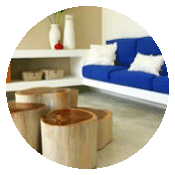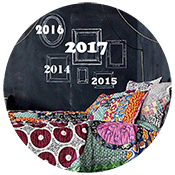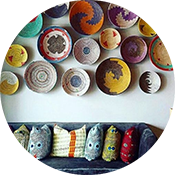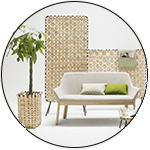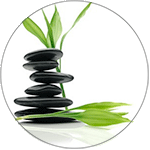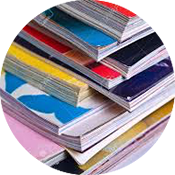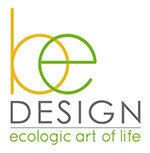
ECOLOGIC ART OF LIFE
Eco-design, or the art of living in symbiosis with the natural environment
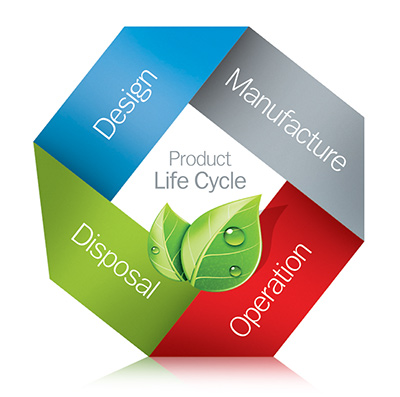 Eco-design is an ecological, sustainable, or responsible way to decorate, and is a growing movement across the planet. It means respecting the principles of sustainable development from the very beginning of the process to design an object, build a structure, or establish a service.
Eco-design is an ecological, sustainable, or responsible way to decorate, and is a growing movement across the planet. It means respecting the principles of sustainable development from the very beginning of the process to design an object, build a structure, or establish a service.
Its ground rule is to respect the environment throughout the design process, limiting the project’s ecological footprint, using fewer raw materials in more efficient ways, and relying on non-polluting methods for all manufacturing. It also requires thinking about the entire lifecycle of the product and its components, or its evolution from the time of extraction of raw materials, through its usage’lifetime’, and possibilities for reuse, recycling, reclamation, or composting at the end of its service life.
One of the first eco-design advocates was Victor Papanek (1927-1999), an industrial designer and teacher who devoted his life to promoting responsible design for the planet and society.  An ecological pioneer, he wrote his book
An ecological pioneer, he wrote his book Design for the Real World
in 1971, stating his disapproval of industrial products that he considered unsuitable, futile, and useless. He was interested in all aspects of design as well as their impact on the environment and people. For him, the most important aspect of design was its relationship to individuals.
Thus, the goal of eco-design is to produce without destroying, to maintain quality and performance in order to improve the quality of life and change consumption patterns. The process continually examines environmental factors along with technical feasibility, cost control, and market demands. Responsible design is a comprehensive approach  that requires a new method of creating, one that analyzes the processes of conception, production, distribution, consumption, and generated waste. It also implies the choice of’clean’materials and technologies, that are renewable, biodegradable, or recycled and use less energy.
that requires a new method of creating, one that analyzes the processes of conception, production, distribution, consumption, and generated waste. It also implies the choice of’clean’materials and technologies, that are renewable, biodegradable, or recycled and use less energy.
It is a global approach to an entire project, implemented at all stages of design, production, packaging, and distribution of the product or service.
Eco-design is one aspect of sustainable development’s re-evaluation process, it goes back to the foundations of pruduct creation, where function determines form, denouncing the abuses of consumer culture. The designer searches for new, more environmentally friendly solutions that are just as effective and beautiful.
Design has become the most powerful tool with which man shapes his tools and environments.
Victor Papanek
